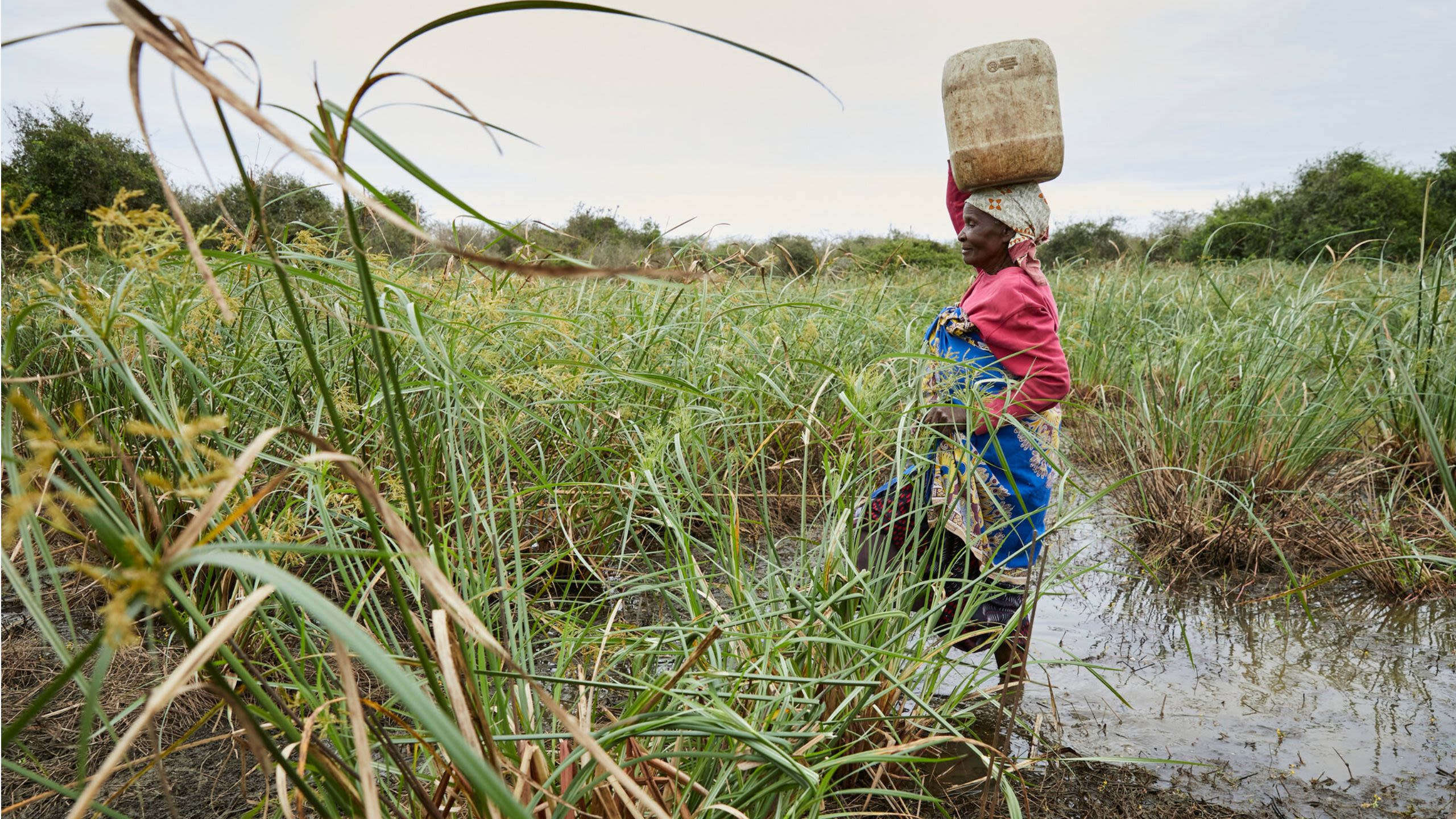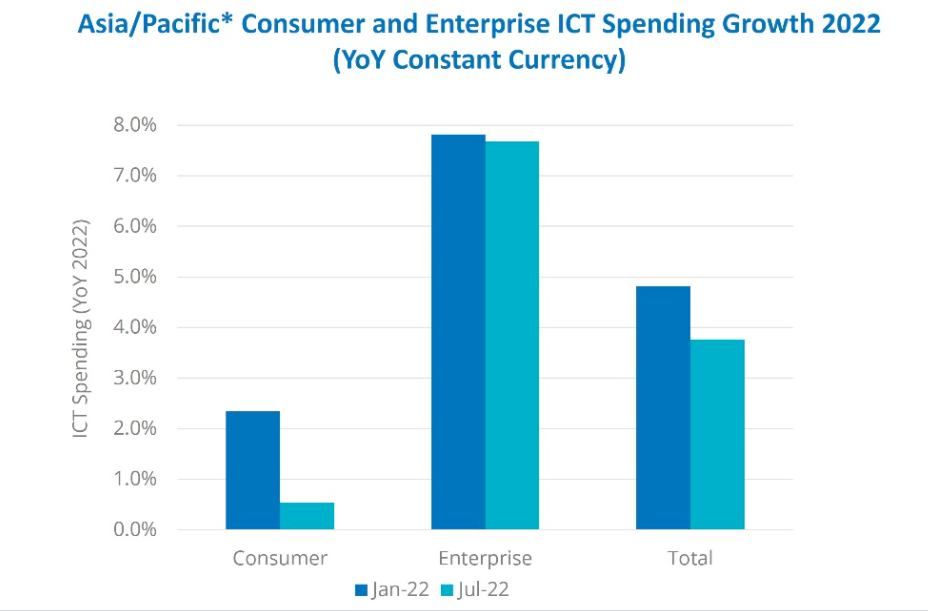Dangerous Climate Whiplash: A Growing Threat To Urban Areas

Table of Contents
Understanding Dangerous Climate Whiplash
Climate whiplash describes the rapid and unpredictable transitions between contrasting extreme weather events. Instead of gradual shifts, cities face a rollercoaster of conditions – a searing heatwave may be immediately followed by devastating floods, or a prolonged drought abruptly gives way to intense storms. This volatility is driven by complex interactions between climate change, atmospheric instability, and regional weather patterns. The increased variability in the jet stream, for instance, can lead to more persistent weather systems, resulting in longer heatwaves and more intense periods of rainfall. Other factors like changes in atmospheric rivers and increased ocean temperatures contribute to the intensification of these extreme events.
- Increased frequency and intensity of heatwaves: Longer and more severe heatwaves overwhelm urban infrastructure and pose significant health risks.
- Higher likelihood of flash floods and prolonged droughts: Rapid shifts between extreme dryness and intense rainfall can lead to devastating floods and water shortages.
- More unpredictable and severe storms: The intensity and unpredictability of storms increase damage to infrastructure and threaten human lives.
- Disruption of seasonal patterns: Unpredictable weather patterns make it harder to plan for seasonal changes, impacting agriculture, water management, and public health.
Impacts of Climate Whiplash on Urban Infrastructure
The rapid and unpredictable nature of climate whiplash puts immense strain on urban infrastructure, which is often designed for more predictable weather patterns. Cities are particularly vulnerable because of their high population density and interconnected infrastructure systems. The consequences are far-reaching and costly.
- Damage to roads, bridges, and public transportation: Extreme rainfall can cause flooding and erosion, damaging transportation networks and hindering emergency response.
- Power outages and disruptions to essential services: Intense weather events can damage power grids, leading to widespread outages and disruptions to water supply, healthcare, and communication systems.
- Water contamination and shortages: Flooding can contaminate water sources, while droughts lead to water scarcity, impacting both public health and industrial processes.
- Increased risk of building collapses and structural damage: Extreme heat and heavy rainfall can weaken building foundations and cause structural damage, leading to costly repairs and potential loss of life.
- Costly repairs and reconstruction efforts: The economic burden of repairing and rebuilding infrastructure after climate whiplash events is substantial, placing a strain on city budgets.
Socioeconomic Consequences of Climate Whiplash in Cities
The socioeconomic consequences of climate whiplash are profound and disproportionately impact vulnerable populations. The rapid shifts in weather conditions create cascading effects on public health, the economy, and social stability.
- Increased risk of heat-related illnesses and deaths: Heatwaves, particularly when followed by periods of intense humidity, contribute to increased mortality and morbidity, placing a significant burden on healthcare systems.
- Damage to homes and businesses, leading to economic hardship: Extreme weather events can destroy homes and businesses, leading to displacement, unemployment, and economic hardship for affected communities.
- Displacement and migration due to extreme weather events: Repeated extreme weather events can force people to abandon their homes, creating climate refugees and straining resources in other areas.
- Strain on emergency services and healthcare systems: The frequency and intensity of climate whiplash events overwhelm emergency services and healthcare systems, hindering their ability to effectively respond to disasters.
- Exacerbation of existing social inequalities: Vulnerable populations, including low-income communities, elderly individuals, and people with disabilities, are disproportionately affected by the impacts of climate whiplash.
Mitigation and Adaptation Strategies for Urban Areas
Addressing the threat of dangerous climate whiplash requires a multi-pronged approach that combines mitigation strategies to reduce greenhouse gas emissions with adaptation strategies to enhance urban resilience. Collaboration between governments, organizations, and communities is crucial for successful implementation.
- Investing in green infrastructure: Green roofs, urban forests, and permeable pavements can help manage stormwater runoff, reduce the urban heat island effect, and enhance air quality.
- Improving drainage systems and flood defenses: Upgrading drainage systems and building stronger flood defenses can mitigate the impact of heavy rainfall and flooding.
- Developing resilient building codes and construction practices: Implementing building codes that incorporate climate resilience measures can help protect buildings from extreme weather events.
- Implementing early warning systems for extreme weather events: Effective early warning systems provide crucial time for evacuation and other preparedness measures.
- Promoting community-based disaster preparedness programs: Empowering communities to prepare for and respond to extreme weather events is crucial for enhancing resilience.
Conclusion
Dangerous climate whiplash poses a significant threat to urban areas, impacting infrastructure, economies, and the well-being of millions. The multifaceted impacts, from damaged infrastructure and economic losses to public health crises and social disruption, demand urgent action. Implementing effective mitigation and adaptation strategies is no longer a choice but a necessity. Understanding the dangers of dangerous climate whiplash is the first step towards building more resilient and sustainable urban futures. Learn more about the impacts of climate change on your city and take action today to advocate for policies and initiatives that promote climate resilience in urban environments.

Featured Posts
-
 Ipswich Town Assessing Injuries Ahead Of Bournemouth Match
May 28, 2025
Ipswich Town Assessing Injuries Ahead Of Bournemouth Match
May 28, 2025 -
 Jason Heyward Activated Joining Luis Arraez In Padres Lineup
May 28, 2025
Jason Heyward Activated Joining Luis Arraez In Padres Lineup
May 28, 2025 -
 Career Conflicts And Relationship Strain The Case Of Hugh Jackman And Sutton Foster
May 28, 2025
Career Conflicts And Relationship Strain The Case Of Hugh Jackman And Sutton Foster
May 28, 2025 -
 Chinas Economic Shift Reliance On Consumer Spending Faces Headwinds
May 28, 2025
Chinas Economic Shift Reliance On Consumer Spending Faces Headwinds
May 28, 2025 -
 Game Winning Grand Slam Kyle Stowers Leads Marlins To Victory
May 28, 2025
Game Winning Grand Slam Kyle Stowers Leads Marlins To Victory
May 28, 2025
